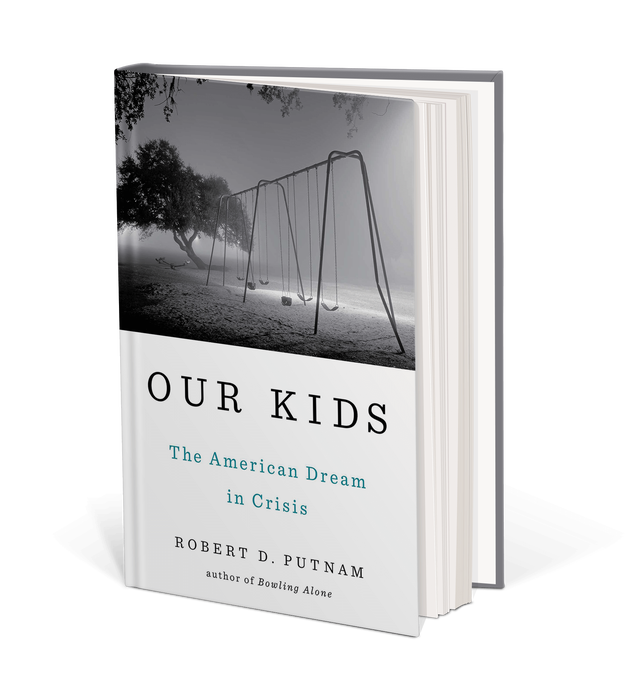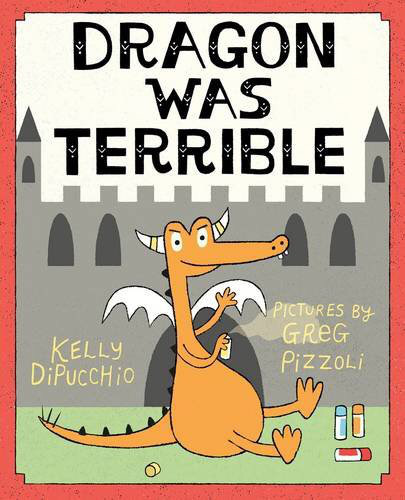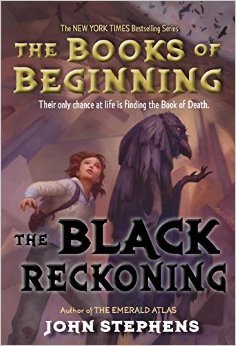- Our Kids – The American Dream in Crisis
- by Robert D Putnam
- Simon & Schuster
- Copyright 2015
- 261 pages
Rating (for pages 1-79, Chapters 1 & 2) – 9 out of 10
A few years ago, I came across a copy of Robert D Putnam’s Bowling Alone in a thrift store. In Bowling Alone, Putnam shows the decline of community in the United States since World War II. I read the book and enjoyed it. Putnam is the rare academic who can make his ideas interesting to a general audience.
Therefore, I was excited when I heard about Putnam’s 2015 Our Kids, in which Putnam returns to his hometown of Port Clinton, Ohio, and examines what’s happened to social mobility in the U.S. Putnam uses his own high school class of 1959 as a point of comparison to how much has changed with today’s high school graduates.
Chapter 1 – The American Dream (pages 1-45)
Putnam comes out with guns blazing, stating on page 1 that today’s Port Clinton “…is a split-screen American nightmare, a community in which kids from the wrong side of the tracks that bisect the town can barely imagine the future that awaits the kids from the right side of the tracks” (p. 1). He then spends a lot of time discussing the differences in the social mobility enjoyed by his generation and the stagnation that is the curse of today’s graduates.
Chapter 2 – Families (pages 46-79)
The second chapter is weaker. Putnam begins with the unprovable statement that rich and poor families “…tend to be structured differently [true], a result of the economic disparities that have arisen in recent decades [perhaps true, but unsupported]” (p. 49). Putnam’s later discussion in Chapter 2 concedes that one cannot “tease out” cause and effect based his data.
It’s one thing to say what has happened to social mobility, which Putnam does very well. It’s very difficult to say why it has changed.

My Questions
From what I’ve read so far, I have two questions about Putnam’s thesis –
1) To what extent did the post-World War II era represent a “Golden Age?” From the end of World War II until the mid-1970s, the U.S. Enjoyed a tremendous economic expansion, partly based on the fact that our economic competitors were temporarily hobbled by WWII. Some people have suggested that – in comparing today to that era – we overlook the fact that it was an aberration, atypical. Whether that is true or not, we cannot reproduce the complex set of circumstances that arose to produce that prosperity. Today’s economy produces wealth in a different way.
2) Consistent with his earlier Bowling Alone, Putnam laments the decline of any sense of commmunity. He states that there is no sense that today’s disadvantaged youth are “our kids.” This point is well taken. However, similar to #1, I think that he overlooks the fact that we are unlikely to reproduce the society the produced the “all for one” attitude.
When I think of my World War II-era grandparents, I think of that “our kids” attitude. My grandparents grew up in tightly-knit small towns filled with people who had lived in those towns their entire lives. But today’s society is transient. Making a living depends on keeping ourselves mobile. Moreover, the entry of women into the workforce means that today’s adults have little time to form “the ties that bind” towns together – everyone’s tired after spending our days at the salt mine.
Summary
On the whole, I’m really enjoying Our Kids. I think that the solutions to these problems are very complex and I’m interested to see if Putnam can offer any realistic solutions.
Advertisements Like this:Like Loading... Related




